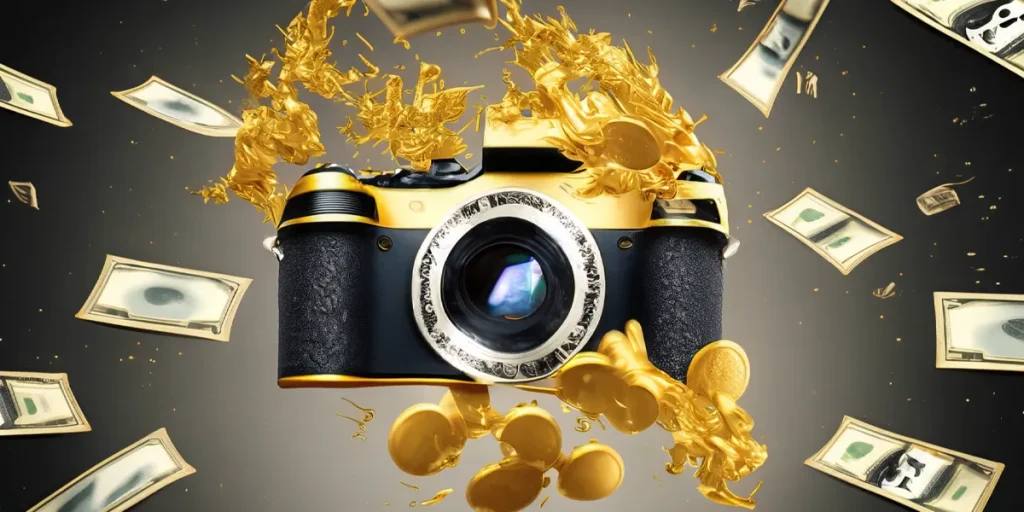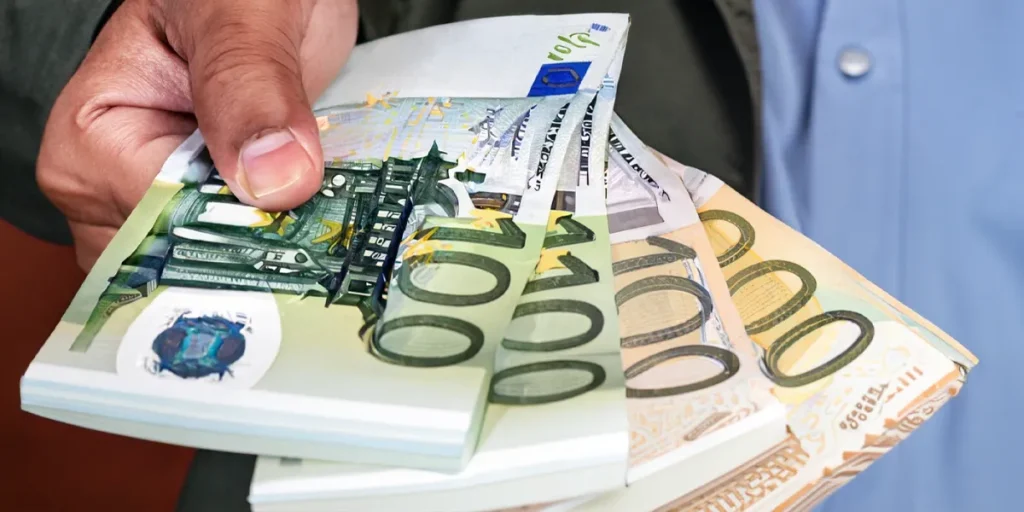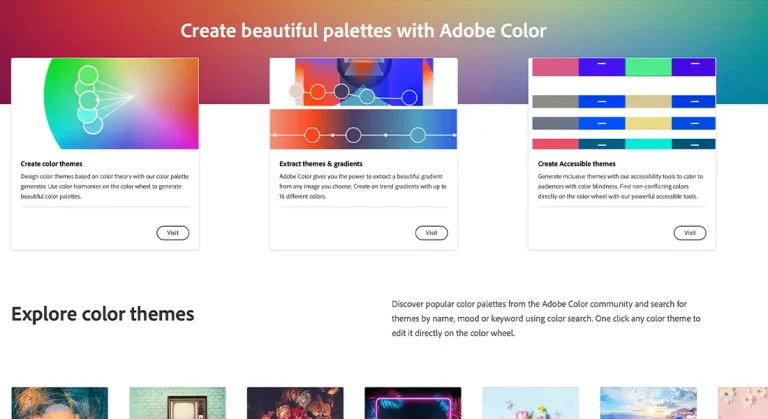
Table of Contents
Understanding the average cost of product photography is essential for planning your budget and making informed decisions.
The cost is influenced by various factors, including the photographer’s experience, the type of photography required, and the pricing model you choose. Let’s explore these factors in more detail.
Experience of the Photographer
The experience of the photographer plays a significant role in determining the average cost of product photography.
An experienced professional photographer might charge more than an amateur, but the quality of their work can significantly enhance your product’s appeal.
Type of Photography

But these are just two examples. There are many other types of product photography, such as:
E-commerce Product Photography: This involves shooting products in a controlled studio environment, allowing for precise control over lighting and backgrounds.
Lifestyle Product Photography: This is used when the natural environment complements the product, such as garden furniture or outdoor gear.
360-Degree Product Photography: This involves capturing multiple images of the product from different angles, which are then combined to create a rotating view of the product.
Macro Product Photography: This is used for small products or to capture intricate details of a product. Jewelry photography often falls into this category.
Catalog Product Photography: This involves shooting multiple products together, often for print or online catalogs.
The type of product photography you require can significantly impact the average cost, as each type involves different techniques, equipment, and levels of expertise.
It’s important to choose the right type of product photography to best showcase your products and appeal to your target audience.
Pricing Model
The pricing model you choose can also influence the average cost of product photography. You can opt to pay per hour, per day, per image, or per product. Each model has its pros and cons, and the best choice depends on your specific needs.
Understanding the Pricing Models and Their Impact on the Average Cost of Product Photography

Let’s delve into the different pricing models and understand how they can impact the average cost of product photography.
Pricing Per Day
When it comes to product photography, opting for a per-day pricing structure can often be the most sensible choice, especially for photoshoots that involve models or are conducted on location. These types of shoots typically require the photographer to dedicate a significant amount of time to a limited number of images.
Why is this the case? Well, imagine you’re conducting a photoshoot where a model is showcasing a pair of earrings. This isn’t just a matter of snapping a quick picture. It involves hair and makeup preparation, setting up the lighting, coordinating with a stylist, and more. All these elements can easily take up half a day, even if you’re only aiming to capture 10 images.
In such a scenario, charging per image wouldn’t be beneficial for the photographer. They could potentially spend the same amount of time in a studio setting, capturing a larger number of images and thus earning more for their time.
So, for photoshoots that require a considerable amount of preparation and time, even for a smaller number of images, a per-day pricing structure is often the most practical and fair approach for both the product photographer and the client.
Pricing Per Image
Hiring a professional on a per-image basis means you’re paying a set fee for each image produced. This model is particularly advantageous when you need multiple images per product. For instance, you might want different angles or close-ups of specific features, or you might need to showcase the product in various settings or stages of use.
This pricing model allows you to plan your budget effectively, as you know exactly how much each image will cost. It also encourages the photographer to focus on quality over quantity, as they’re being paid for each final product rather than the time spent.
Moreover, a per-image rate can be beneficial if you have a large product range. You can choose to have multiple images for some products and fewer for others, depending on their importance, complexity, or your marketing strategy.
However, it’s essential to clarify what the per-image fee includes. Does it cover just the shooting, or are post production services like editing and retouching also included? Make sure to discuss these details with the photographer to avoid any misunderstandings later.
Pricing Per Hour

In today’s world of product photography, it’s become quite uncommon to charge on an hourly basis.
Why is this the case, you might wonder? Well, product photography is a meticulous process that involves a lot more than just the time spent clicking pictures. It requires careful planning, setting up the right lighting, arranging the products, and post production work like editing and retouching an image.
Charging per hour could rush this process, potentially compromising the quality of the images. It also doesn’t account for the time spent on preparation and post-production, which are crucial elements of professional product photography.
Therefore, most photographers prefer to charge per image or per day, which allows them to focus on delivering high-quality images without the pressure of the clock. This approach is not only beneficial for photographers but also for clients, as they receive well-crafted images that effectively showcase their products.
Additional Costs to Consider in the Average Cost of Product Photography
In addition to the basic fee for product photography, there are often additional costs that come into play. These can be influenced by factors such as the size, weight, and complexity of the product, as well as post-production and the time required for the shoot.
For instance, photographing a phone case is a relatively straightforward task. It’s a simple object with clear lines and minimal reflective surfaces. However, when you move to something like a diamond ring or a watch, the complexity increases significantly. These items have intricate details, reflective surfaces, and varying shapes that require a more nuanced approach to lighting and composition.
Setting up the lights for such complex shots can be a meticulous and time-consuming process. As a professional product photographer, it’s understood that each product is unique and demands a customized lighting setup. Even if you’re shooting a series of rings, each with different shapes or adorned with different gems or diamonds, each one might require a unique light setup to truly capture its beauty and detail.
So, while the basic photography fee covers the photographer’s time and expertise, it’s important to remember that additional costs may arise depending on the specific requirements of each product. These additional costs ensure that each product is given the time and attention it needs to be showcased in the best possible light.
Making the Right Choice for Your Product Photography Project

Choosing the right photographer for your product photography project is a crucial decision. Here are a few things to keep in mind:
- Experience: While an experienced photographer will cost more than an amateur one, it’s always the better choice. You don’t have to go with a top-level professional though; someone with decent product photography experience will do.
- Equipment: Professional photography requires sophisticated equipment. Make sure to hire someone with the right camera and equipment.
- Lighting: Lighting is a crucial aspect of product photography. A good product photographer would know how to adjust the lighting basedon the size, color, shape, and reflectivity of the product.
- Editing Skills: Many photographers have image editing experience; working with someone like that will help you minimize your costs and streamline the process.
Conclusion
Understanding the average cost of product photography is essential for planning your budget and making informed decisions.
By considering the factors mentioned above, you can ensure that you get the best value for your money and high-quality images that enhance your brand’s online presence.
FAQs
The average cost of product photography is influenced by the photographer’s experience, the type of photography required, and the pricing model chosen.
An experienced professional might charge more than an amateur, but the quality of their work can significantly enhance your product’s appeal.
The pricing models in product photography include per day, per image, and rarely per hour. Each model has its pros and cons.
Yes, apart from the basic photography fee, there might be additional costs involved in a product photography project, including the size, weight, and complexity of the product, post-processing, and time.
Choosing the right photographer for your product photography project involves considering their experience, equipment, lighting skills, and editing skills.
if you’re looking to increase your online conversion but still feel you are not sure where to start – check out these resources below:








